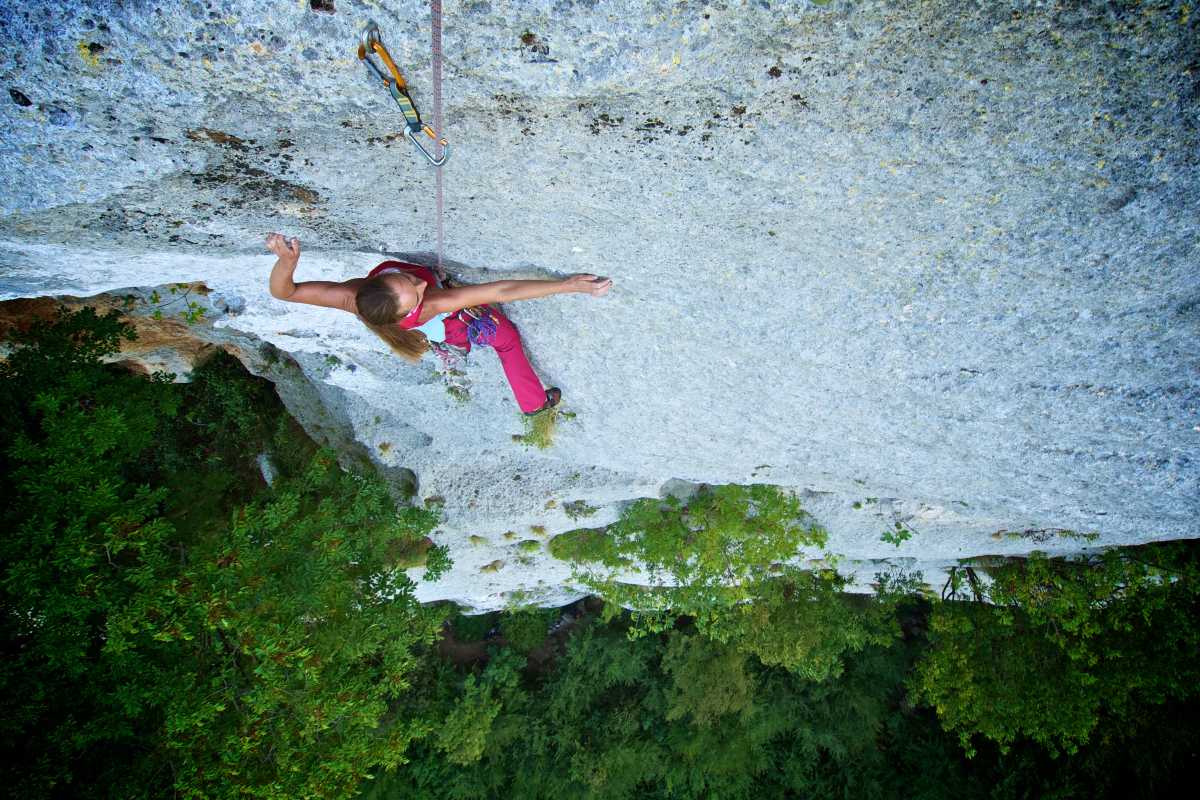Indoor climbing has more and more enthusiasts every year, who discover the pleasure of vertical taking the first steps in indoor gyms. The transition to rock is easy and almost spontaneous, but knowing how to climb, perhaps even well, in an artificial structure does not mean being prepared to frequent a natural cliff, because the mountain environment always presents dangers and risks which it is important to be aware of. Which? The let’s find out together with the Alpine Guidesclimbing professionals who teach, in addition to rock progression techniques, how to manage risk in mountain sports and activities.
Risks of climbing on crags: the Alpine Guides’ checklist
We have compiled one list of questions that everyone should ask themselves when deciding which crag to go to and once on site: not to be considered exhaustive and sufficient, but a useful initial tool for the purpose of preventing accidents or near-accidents.
During the preparation at home
Before setting out to discover a new crag it is a good idea to check if your technical level and your equipment and read up on get to the walls prepared. Look for information on the weather and on the conditions of the crag, for example by asking the Alpine Guides or expert connoisseurs of the area.
Is it possible for stones to fall from the wind or from wild animals above the cliff?
Windless day: OK!
Windy day: a change of crag or sector may be advisable
How is the nailing?
Recent and close to fix or resin nailing: OK!
Long bolting: better to bring along the equipment to integrate it
Obsolete bolting: it is advisable to inquire about the state of the intermediate protections and belays
What exposure does the crag have, in the sun or in the shade?
In the sun in winter, in the shade in summer: OK!
In the sun in summer: beware of sunstroke, dehydration and excessive fatigue due to high temperatures. It is advisable to plan the times of the activity, take advantage of the hours of shade and in any case bring adequate clothing and a good dose of drink, especially with children.
How are the conditions of the crag?
Dry: OK!
Wet:. Pay particular attention to the wet and slippery holds, if you are starting to climb first, only the top-rope climb is advisable.
Rock not worn by the passage: OK!
Greasy rock especially for the feet: if you are starting to climb first, only the top-rope climb is recommended
How is your equipment?
Helmet and harness approved and not expired: OK!
suitable approach shoes : OK!
climbing shoes in good condition : OK!
belay brake and lanyard with carabiner not worn: OK!
first aid kit: OK!
strings of suitable length for shots: OK!
brakes adapted to the diameter of the ropes: OK!
referrals in adequate number : OK!
belay back-up screwgate carabiners: OK!
Approach shoes with slippery or city soles and therefore not suitable: STOP! replace your equipment
worn and/or expired harness STOP! replace your equipment
Old or homemade quickdraws STOP! replace your equipment
Behavior on the crag
The environment of the crag, especially if known and frequented often, can lead to one risk underestimation and overconfidence due to the familiarity of the place (short approaches, equipped areas) and of the people who are there (friends, acquaintances). During the activity it is good to pay attention to one’s own behavior and that of our partner.
Are there any concentration risks?
Is there mutual checking every time before you start climbing? OK!
Are there friends and roped parties nearby that distract us? STOP! Regain concentration
Does anyone interrupt the operations we are carrying out (e.g. closing the harness, tying the knot, actively belaying with continuous attention, etc.)? STOP! Regain concentration
Are there any signs of tiredness? STOP! it’s time to take a break to drink, eat, rest or take pictures.
How does the insurer behave?
He is well positioned, constantly attentive to his partner’s progress, demonstrates knowledge of the use of the belay brake, the rope is of a suitable length for the pitch to be climbed and he has tied the knot at the bottom of the rope: OK!
He is at an excessive or short distance from the wall, he leaves slack in the rope, he engages in a static belay, he misuses the belay brake: STOP! correct all misbehavior by looking or asking someone more experienced than us
Can I climb lead?
Belayer and climber of equal weight: OK!
Belayer and climber of unequal weight (approximately over 20 kg), child or adolescent belaying an adult or a peer: STOP! increase rope angles and friction by using offline protectors.
READ ALSO: The scale of difficulty of rock climbing
Advertising
